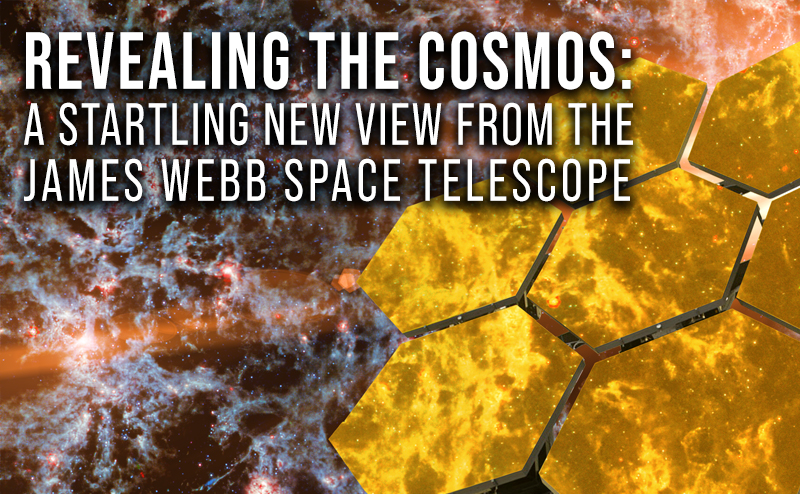In the year since it became fully operational, the James Webb Space Telescope has provided breathtaking new images of the cosmos that are confirming some of scientists’ predictions while challenging others. Looking farther back than ever before, the telescope has revealed that the universe’s earliest galaxies seem to be brighter and more massive than expected. And closer to home, the telescope is highlighting planets beyond earth with the potential to harbor life.
Nobel Laureate John Mather is NASA’s top scientist on the James Webb Space Telescope, and for a quarter century ushered the project from conception to reality. Together with five top astronomers and astrophysicists – Michele Bannister of the University of Canterbury in New Zealand; Jessie Christiansen of NASA; Karl Glazebrook of Swinburne University of Technology in Australia; Stefanie Milam, also of NASA; and Benjamin Pope of the University of Queensland in Australia – Mather joins Brian Greene for a live conversation about the wonders that the James Webb Space Telescope is revealing and the potential of the telescope to revolutionize our understanding of the cosmos.
This program is part of the Big Ideas series, supported by the John Templeton Foundation.
The live program was presented at the 2023 World Science Festival Brisbane, hosted by the Queensland Museum.


















